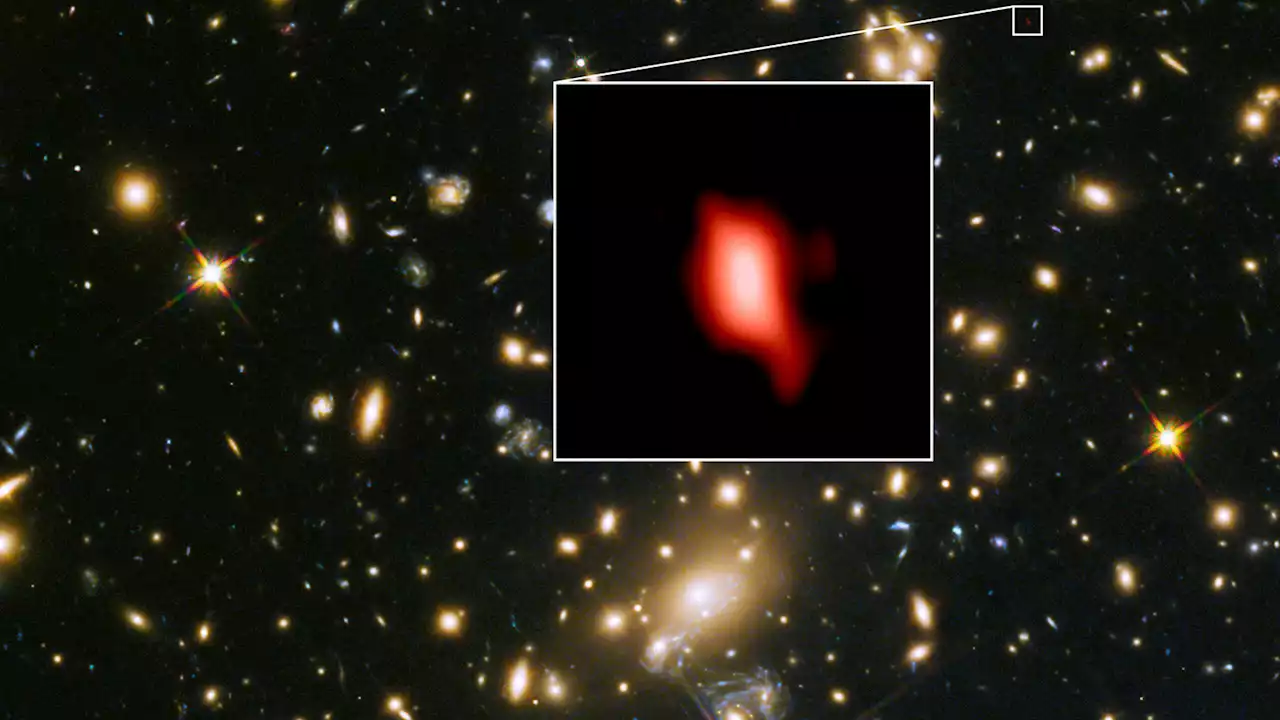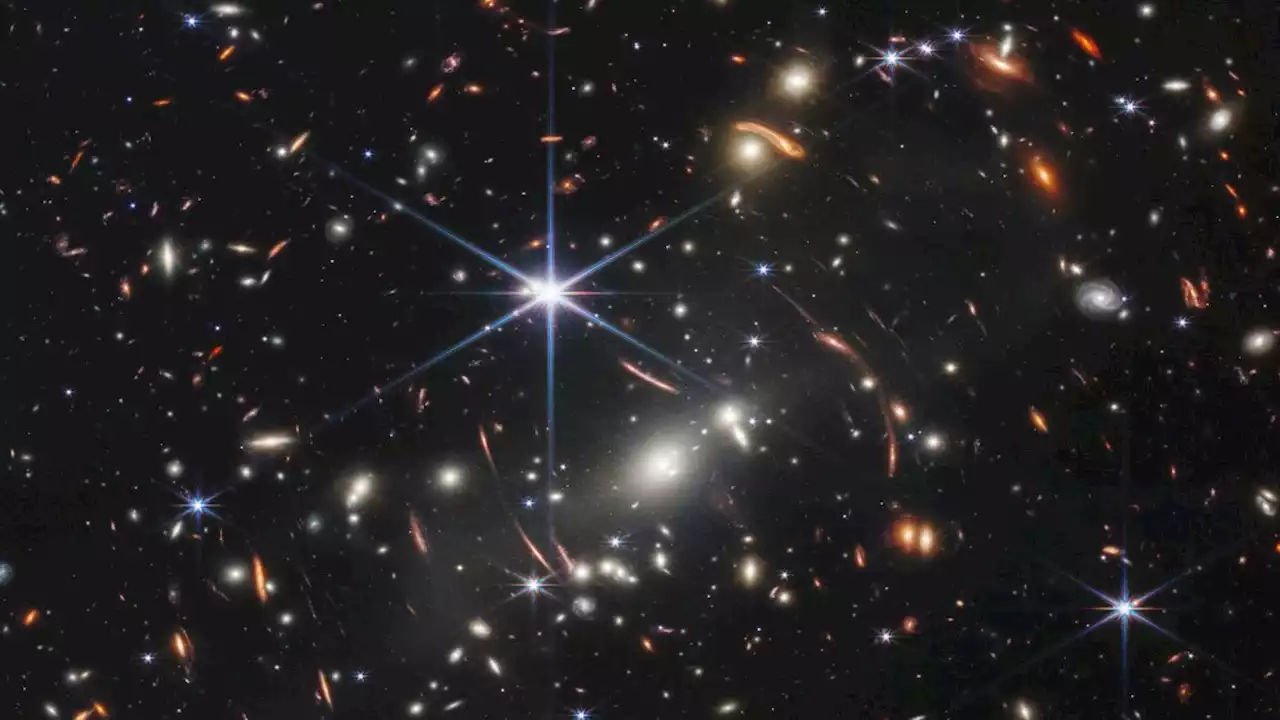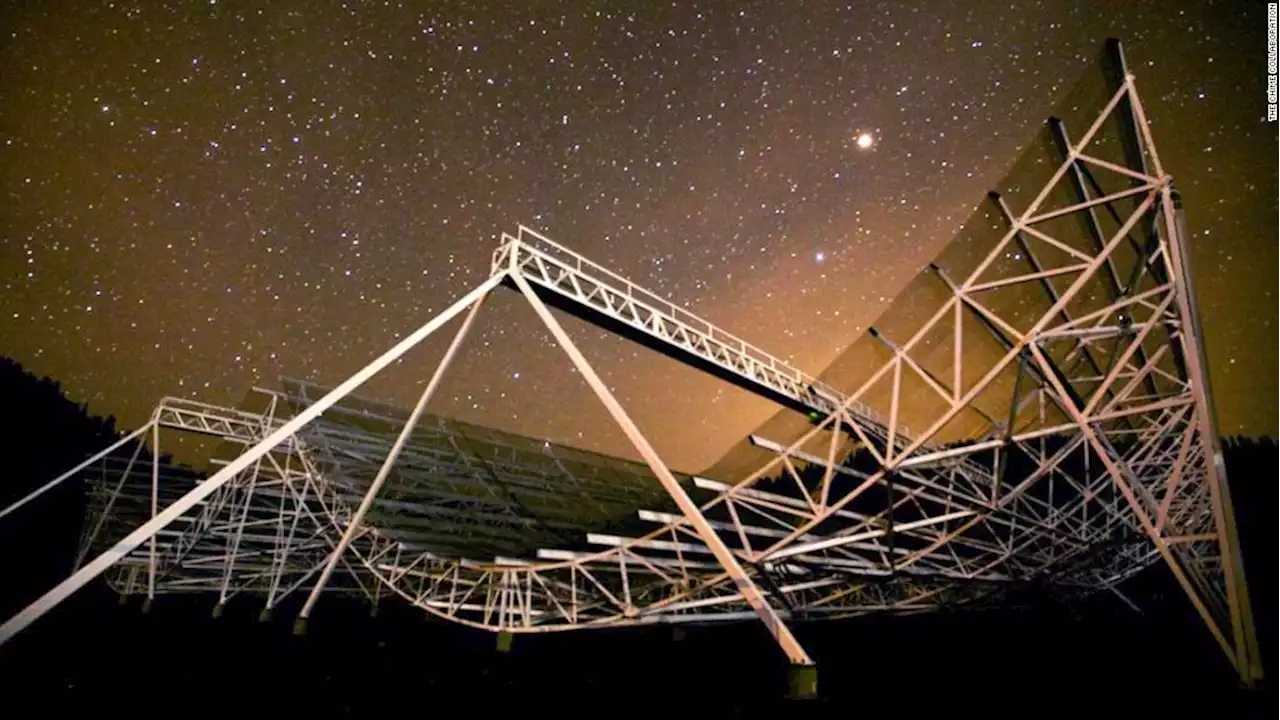The Earliest Galaxies Rotated Slowly, Revving up Over Billions of Years - by PaulMattSutter
MACS1149-JD1 existed when the universe was only 500 million years old, making it among the youngest known galaxies. The team used ALMA to study O III, or doubly-ionized oxygen, in the disk of the galaxy. They then developed a model of the size and rotation speed of the disk of the galaxy to compare against observations. They reported their results in a paperThe team found that MACS1149-JD1 is only 3,000 light-years across.
“The rotation speed of JD1 is much slower than those found in galaxies in later epochs and our [Milky Way] Galaxy and it is likely that JD1 is at an initial stage of developing a rotational motion,” says Akio K. Inoue, a co-author of the paper, also at Waseda University. These results suggest that galaxies start out small and rotate slowly. Then, over the course of billions of years, they
and increase their rotation rate. The team hopes to use the James Webb Space Telescope to conduct further studies of galaxy rotation rates over cosmic time.
Österreich Neuesten Nachrichten, Österreich Schlagzeilen
Similar News:Sie können auch ähnliche Nachrichten wie diese lesen, die wir aus anderen Nachrichtenquellen gesammelt haben.
 The most distant rotating galaxy hails from 13.3 billion years agoAstronomers have spotted a rotating galaxy whose light comes from just 500 million years after the Big Bang.
The most distant rotating galaxy hails from 13.3 billion years agoAstronomers have spotted a rotating galaxy whose light comes from just 500 million years after the Big Bang.
Weiterlesen »
 Astronomers detect 'heartbeat' radio burst a billion light-years awayAstronomers estimate that the mysterious signal came from a galaxy roughly a billion light-years away.
Astronomers detect 'heartbeat' radio burst a billion light-years awayAstronomers estimate that the mysterious signal came from a galaxy roughly a billion light-years away.
Weiterlesen »
 With the James Webb Space Telescope in full operations, scientists look to reveal the earliest galaxiesThe images and data will help us understand how galaxies evolve.
With the James Webb Space Telescope in full operations, scientists look to reveal the earliest galaxiesThe images and data will help us understand how galaxies evolve.
Weiterlesen »
 NASA's James Webb Space Telescope imaged Jupiter's rings and moons, in white-hot infraredNASA released new images of Jupiter from its groundbreaking James Webb Space Telescope Thursday. The infrared images are so clear that you can see Jupiter's thin rings and some of its moons.
NASA's James Webb Space Telescope imaged Jupiter's rings and moons, in white-hot infraredNASA released new images of Jupiter from its groundbreaking James Webb Space Telescope Thursday. The infrared images are so clear that you can see Jupiter's thin rings and some of its moons.
Weiterlesen »
NPR Cookie Consent and Choices
Weiterlesen »
 Mysterious fast radio burst in space has a 'heartbeat' patternA mysterious radio burst with a pattern similar to a heartbeat has been detected about a billion light-years away. The signal is the longest-lasting fast radio burst to date and could be caused by a distant neutron star.
Mysterious fast radio burst in space has a 'heartbeat' patternA mysterious radio burst with a pattern similar to a heartbeat has been detected about a billion light-years away. The signal is the longest-lasting fast radio burst to date and could be caused by a distant neutron star.
Weiterlesen »
